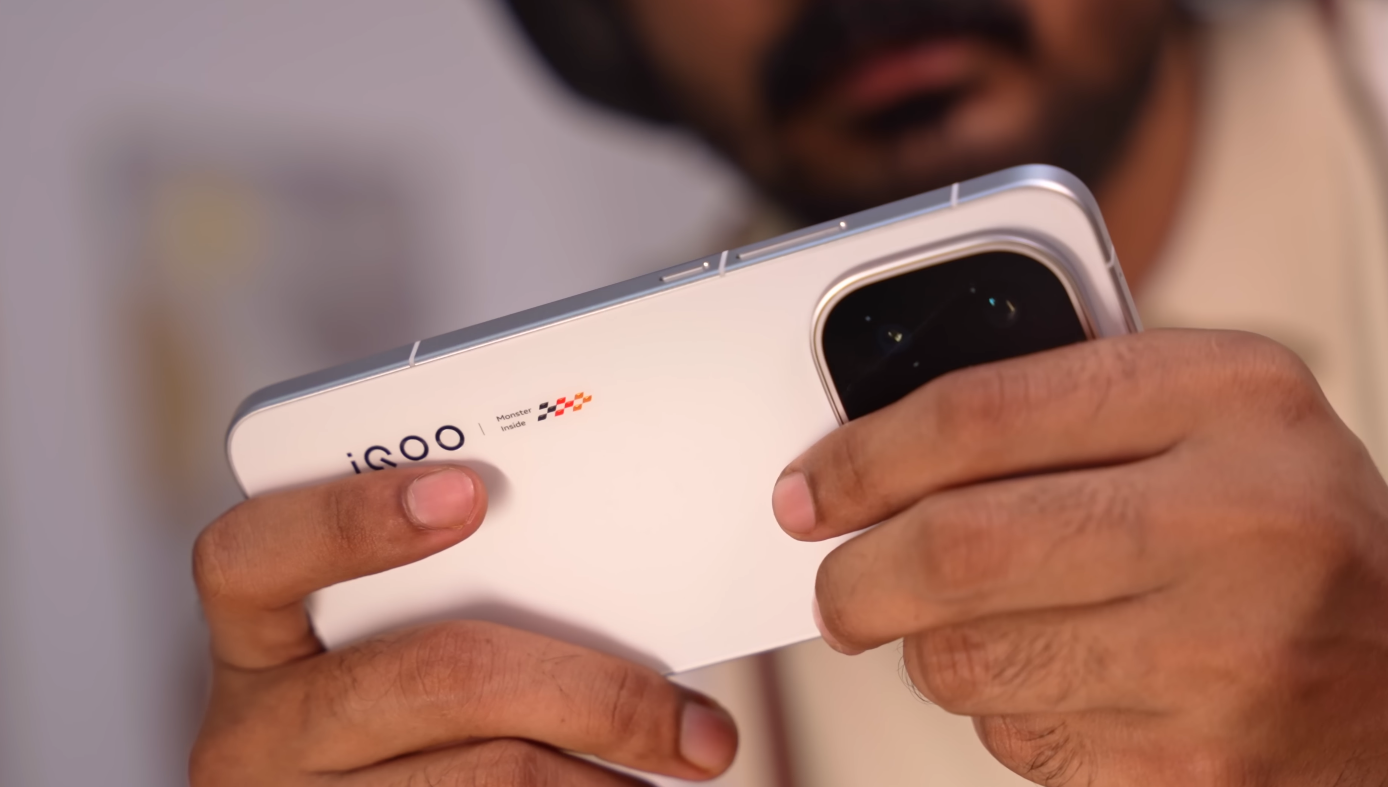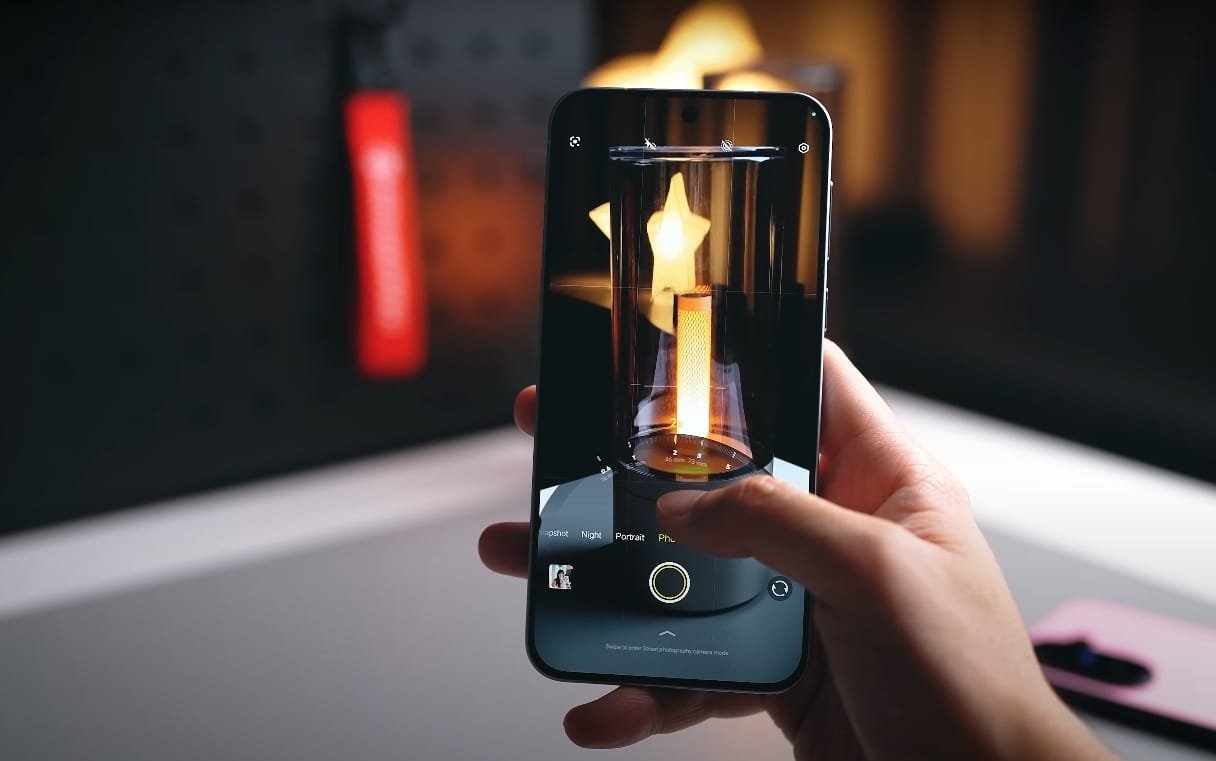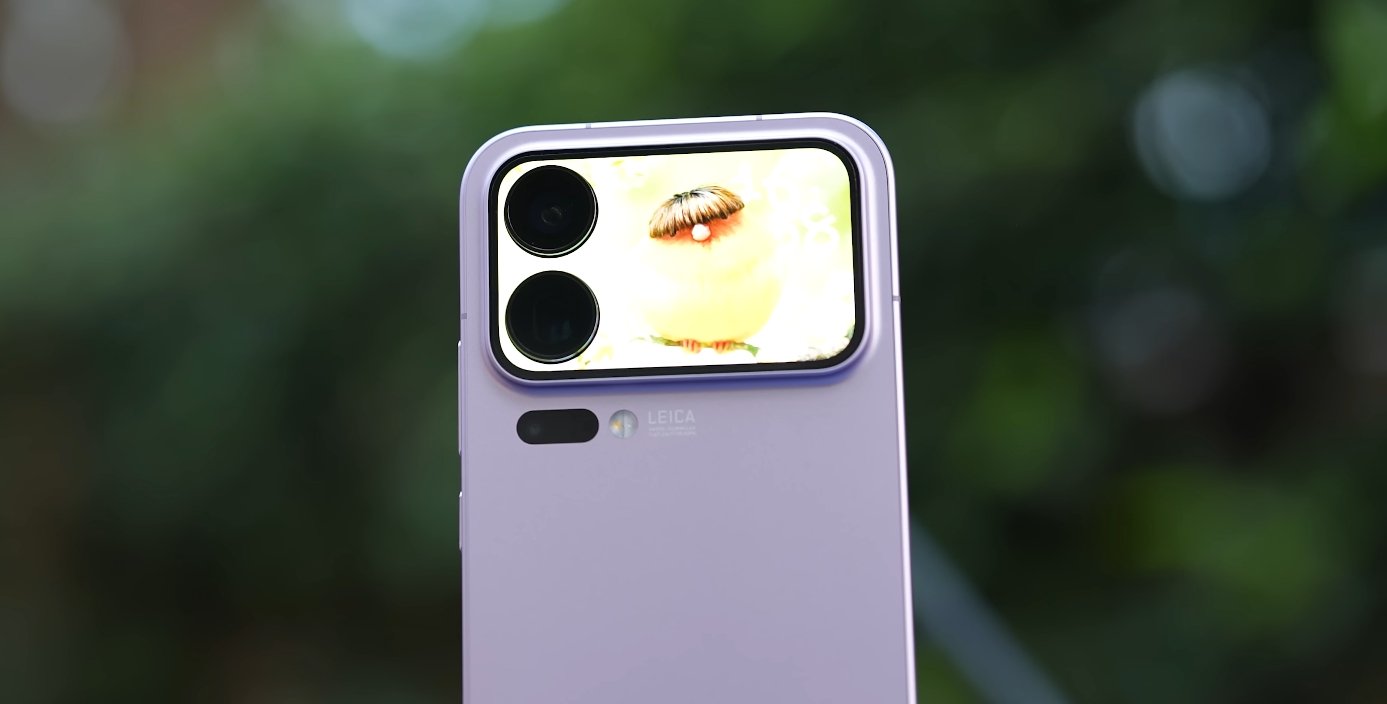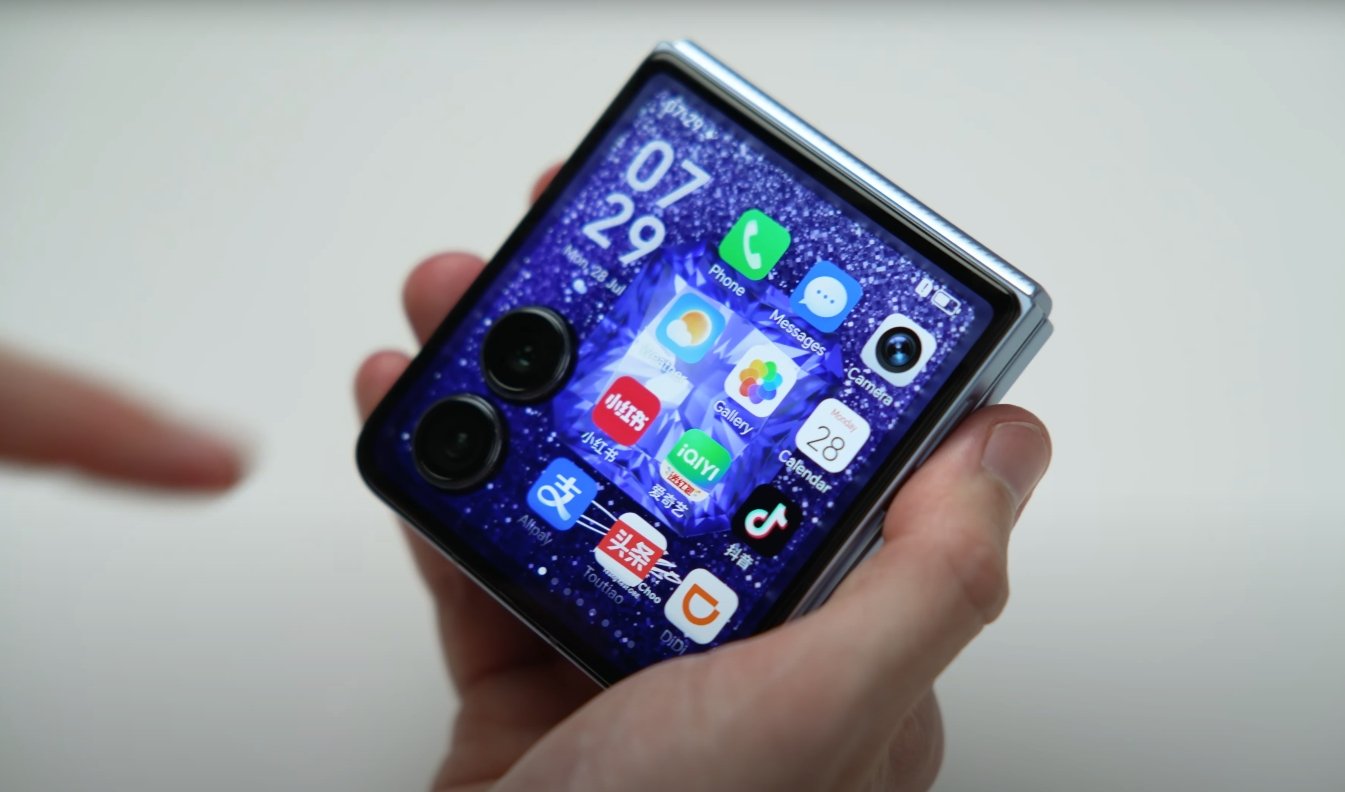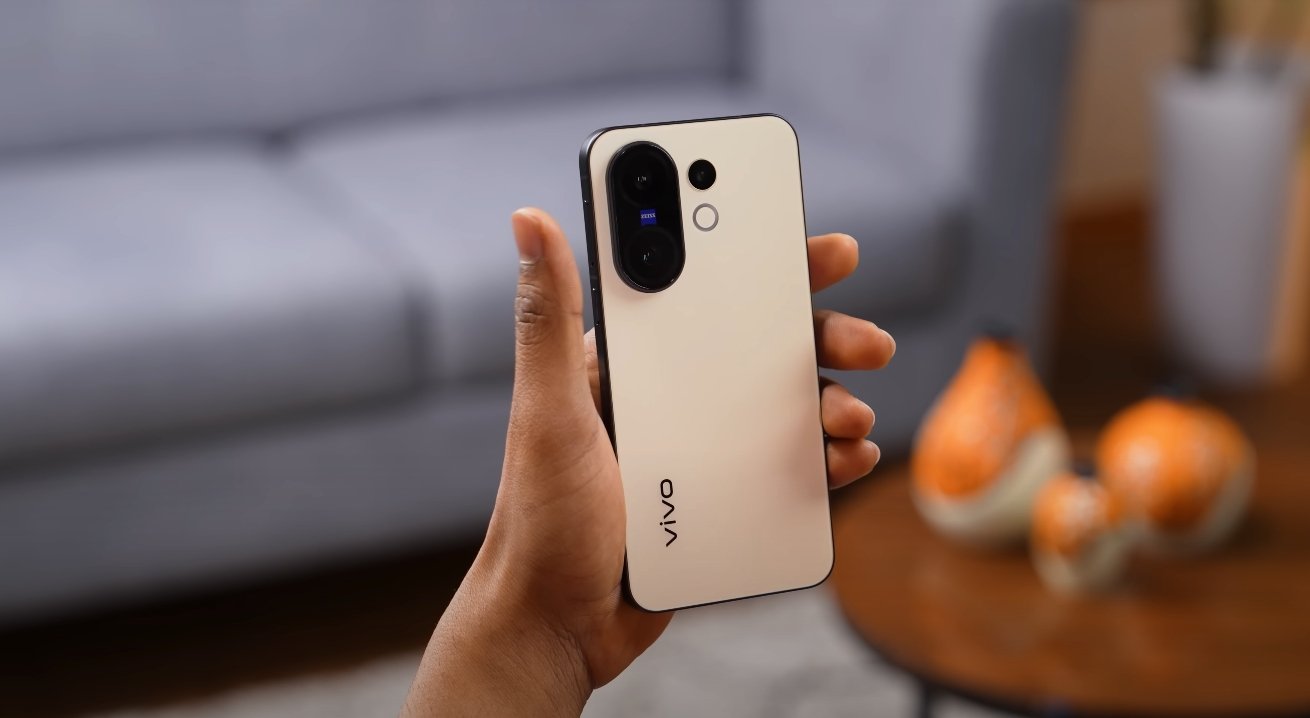Redefining Value Flags in the Smartphone Market
With the release of the iQOO 15, the budget-flagship smartphone segment faces a serious shake-up. What used to be “good value with some compromises” is being challenged by a device that appears willing to deliver near-top-tier performance without the usual flagship price. This shift could change the market dynamic for 2025 and beyond, pushing competing brands to re-think what they offer at the sub-$700 / mid-premium tier.
Firstly, the value proposition is compelling. The iQOO 15 brings flagship-grade hardware—such as the Snapdragon 8 Elite Gen 5 chipset, up to 16 GB RAM and 1 TB storage, a 2K 6.85-inch 144Hz LTPO display, a massive 7,000 mAh battery, 100W wired & 40W wireless charging, triple 50MP cameras including a periscope, and IP68/IP69 rating—all features typically reserved for phones priced well above this tier. These specs significantly outperform what many “mid-premium” phones offer today, narrowing the gap between flagship and value.
Because of this, the iQOO 15 could pressure the “budget-flagship” pricing model. If users realize they can get nearly the same performance as a $1000+ phone at a much lower cost, other brands may have to adjust their strategies—either by lowering their prices or by raising the value of their lowest-priced premium models. Over time, this could lead to a re-definition of what constitutes a flagship experience: the “$1000+” price tag might no longer be justified by specs alone.
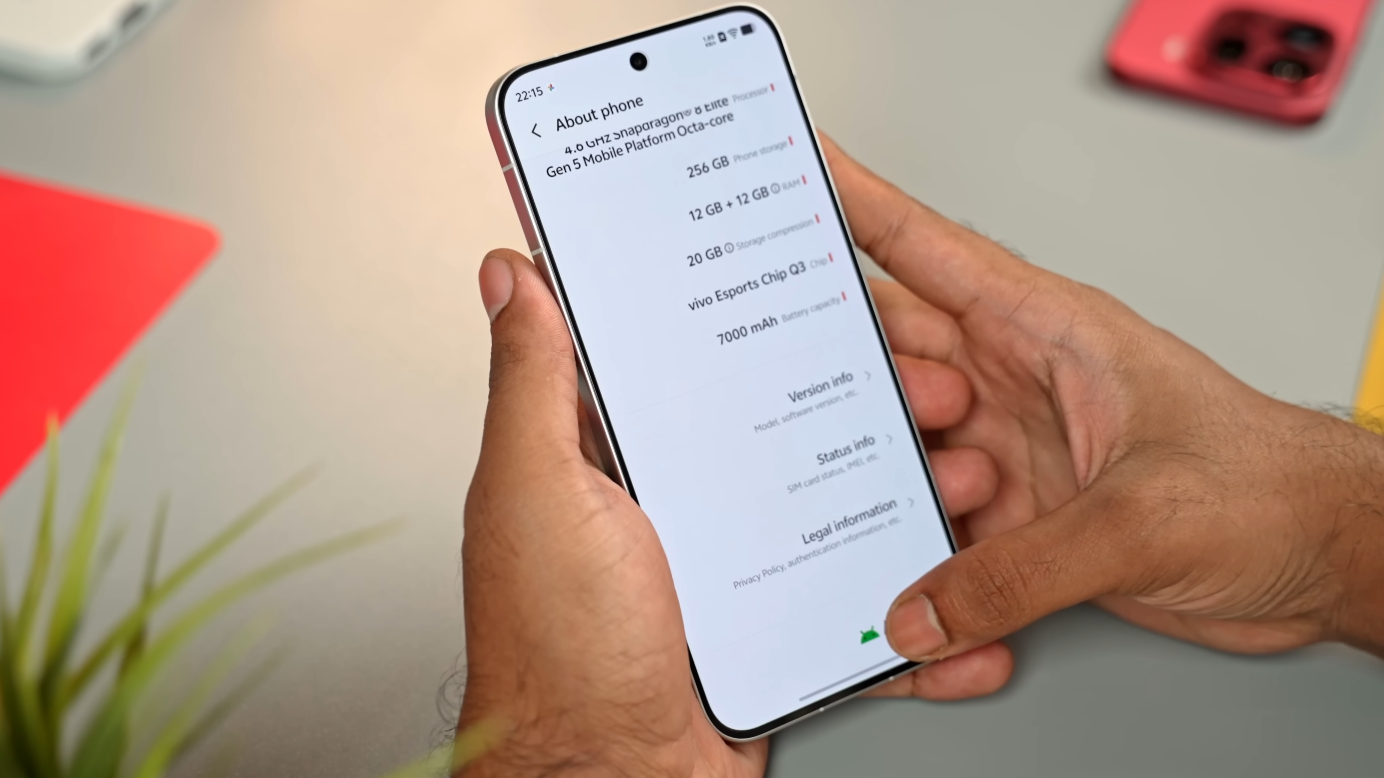
Another way the iQOO 15 could reshape the segment is by shifting expectations around feature sets. Things like periscope zoom lenses, very high refresh-rate displays, ultra-large batteries, and very fast charging have often been the domain of ultra-premium phones. With iQOO bringing those into this tier, consumers will start expecting more from phones in the $500-$700 range. That raises the bar for competing phones and could make “basic flagship” models feel under-powered by comparison.
The iQOO 15 also introduces a more aggressive performance-focused ethos in the value premium segment. With gaming enhancements, advanced cooling, high refresh rate display, impressive battery and charging, it shifts the narrative from “flagship features trimmed down” to “flagship experience optimized for value.” This may encourage other manufacturers to emphasise performance and value rather than brand prestige or ecosystem lock-in.
In the U.S. context (and other global markets), this could have particularly strong impact. Many North American consumers pay significant premiums for brand and carrier subsidies; if a phone like iQOO 15 arrives unlocked, with full network compatibility and good service support, it could become a serious contender for value-driven buyers. Its presence may force major players and carriers to rethink how they bundle phones or price entry-level flagships.
However, success in reshaping the segment isn’t automatic. Critical supporting factors must align: global availability (especially in key markets like the U.S.), proper carrier/firmware support, software update commitment, warranty/service ecosystems, and brand recognition. If iQOO delivers these alongside its hardware, the challenge becomes real. If not, the “value flagship” appeal might be constrained by regional limitations.
Ultimately, the iQOO 15 stands to change the budget-flagship segment by proving that high-end hardware can be made accessible. For 2025 and the years to come, we may see more phones offering “flagship-class specs at a value price,” more competitive pricing across the board, and a shift in consumer expectations. If iQOO executes its global launch well, this phone could mark a turning point where “budget-flagship” stops being a compromise and starts being a serious alternative.
